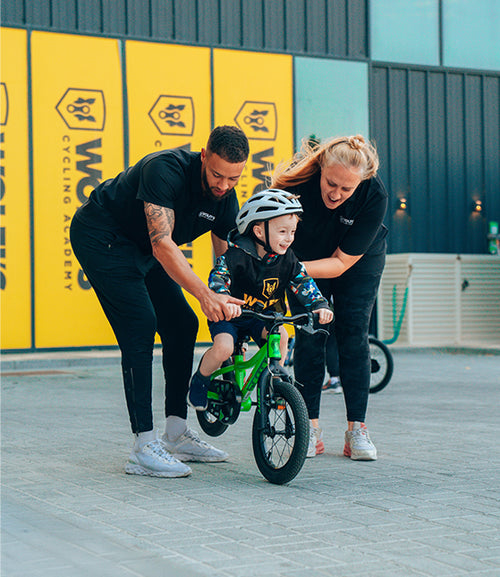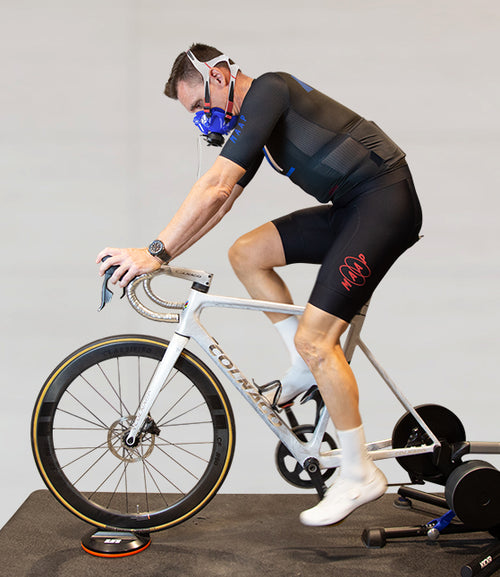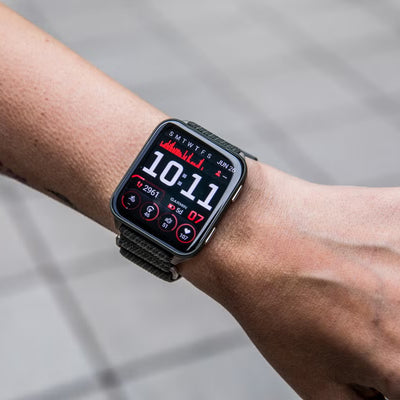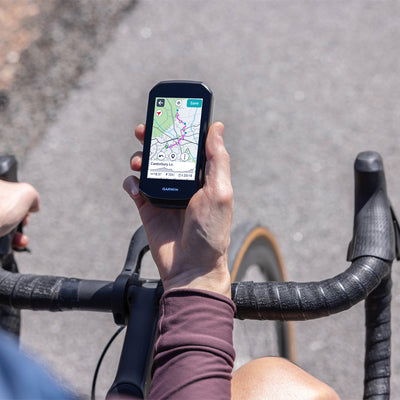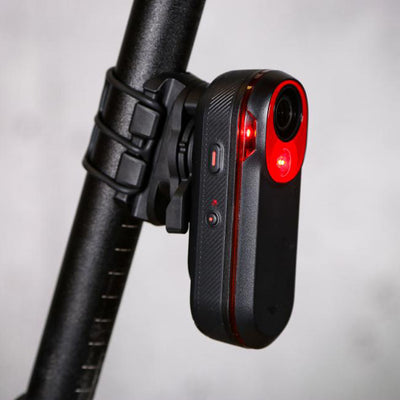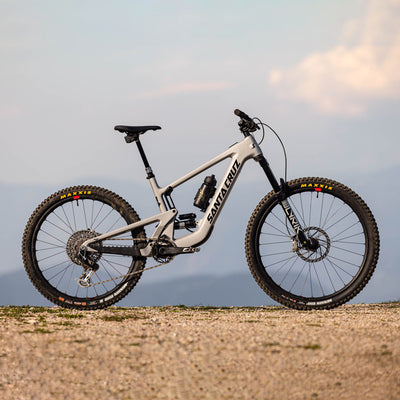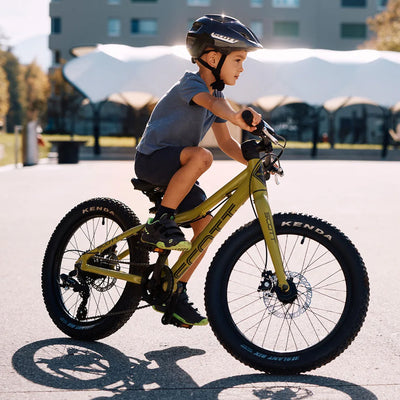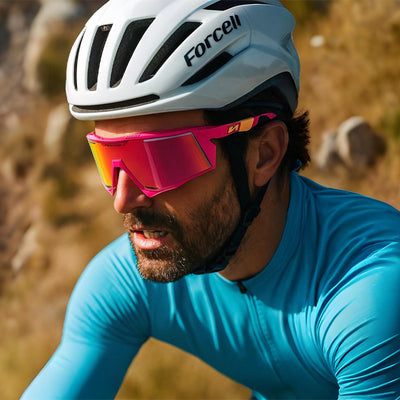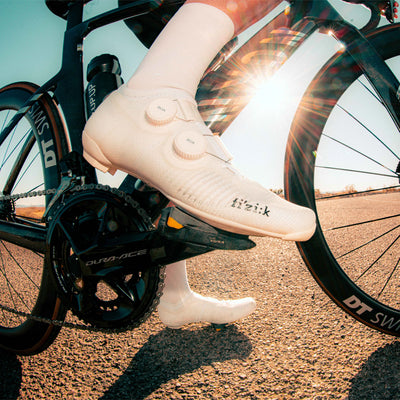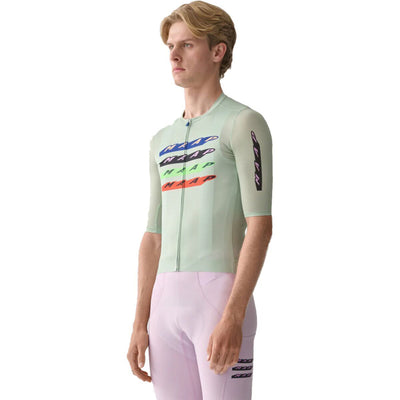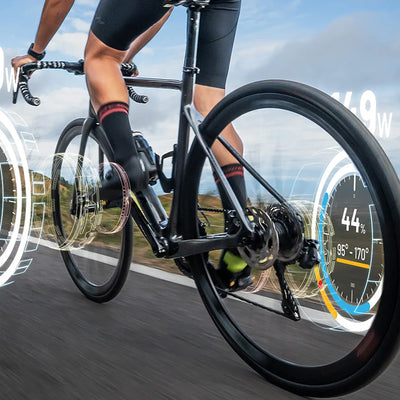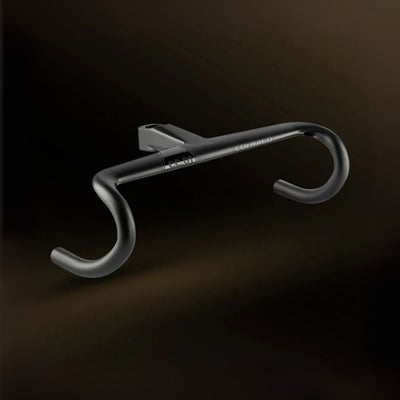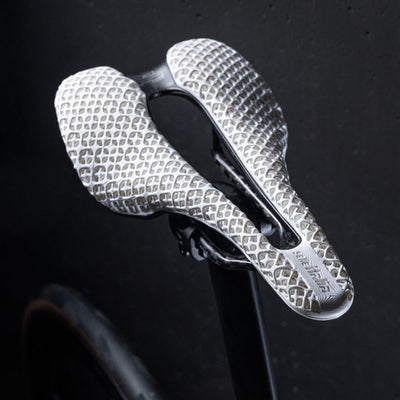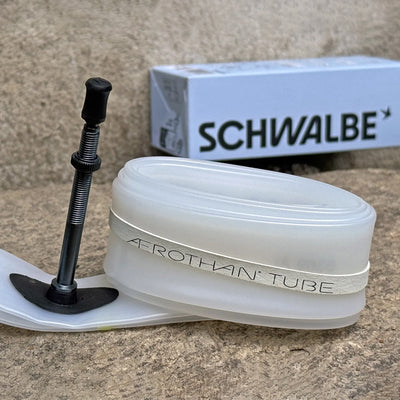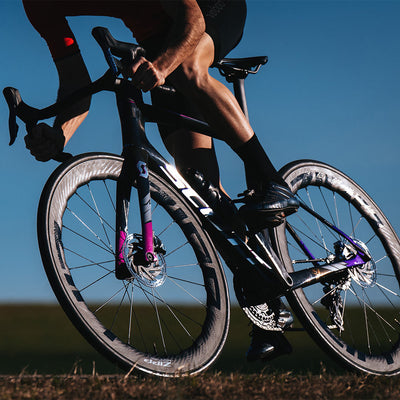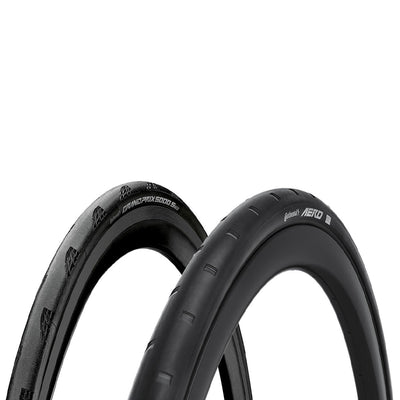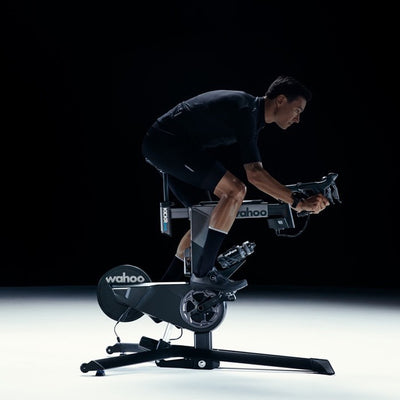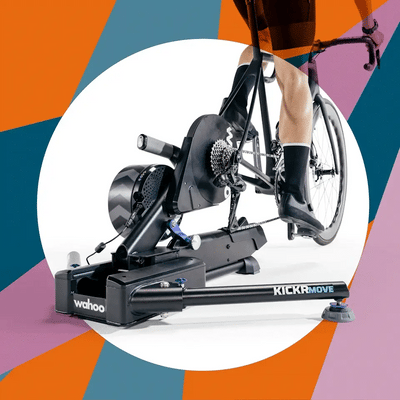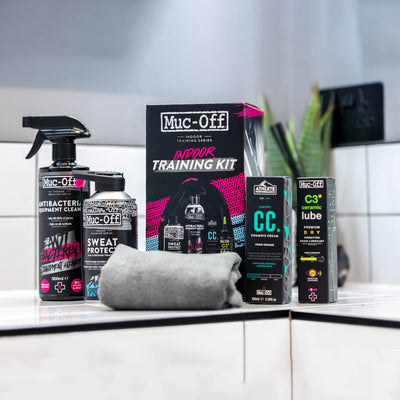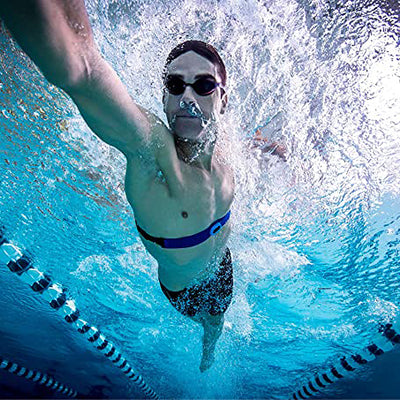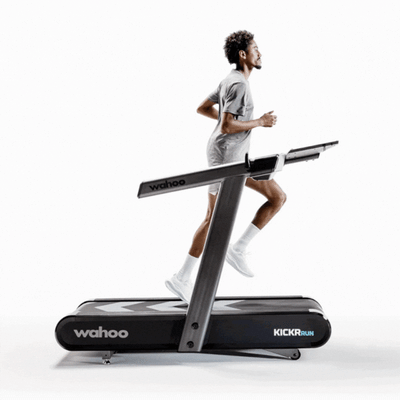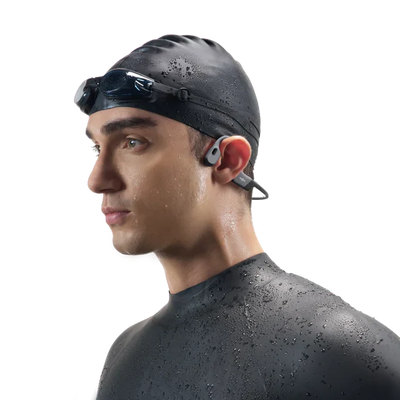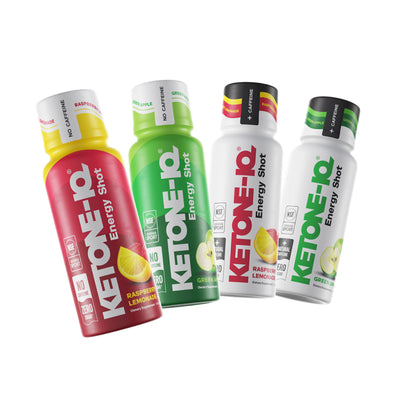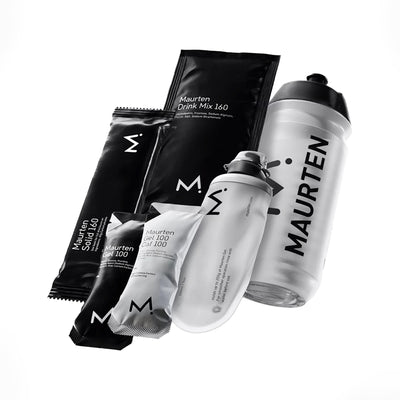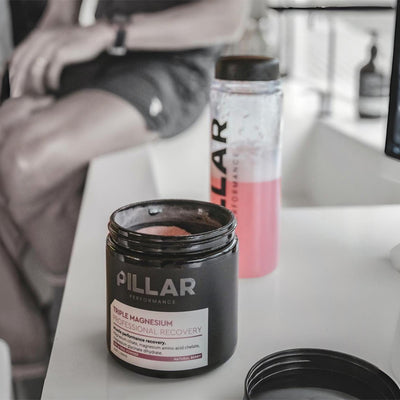New to Indoor Cycling?
This is what you want to know.
Your guide to equipment, space and workouts for the best experience.
With the summer heat setting in fast, you have limited options to stay active. You either have to wake up very early to avoid the heat, or you can take your bike inside and get all the same benefits as outdoor training. Well, we all love the breeze passing us by, the corners and the joy of riding together. But with the heat, this can make the most simple of rides extremely challenging.
Besides to the climate, there are a wide variety of reasons to consider starting with indoor cycling:
- It's time-efficient
- It's safe
- There is less chance of mechanical failures
- You don't need to travel to ride
- You can manage your workouts based on your own personal targets. Whether it's to improve your stamina, health, speed or all of them.
If you're new to indoor cycling, it's easy to get overwhelmed by all of the equipment and accessories you might want to buy. Read on to discover our guide to give you a head start in indoor cycling.
Look for a good space inside of your house.
You might want to go all-out, turning a bedroom or garage into your "Pain cave". Your room for hours of dedicated indoor cycling. However, as a starter you might not need to go this far. The only thing you need is a bit of space to set up your bike, your trainer, plus a shelf or table at the front of your bike, to store a tablet, laptop or TV.
Almost any space will do, but bear in mind that if you want to hop on and off your bike for quick sessions, you may need to find a bit of space that will not be in the way of your normal day activities. Depending on which trainer you purchase, it maybe a bit heavy to handle, meaning you'll want a mat underneath to avoid damage to your floor, and trust us, you are going to sweat, so a wipe-clean mat is a must.
The second thing you might need to think about, while picking your right spot is noise. Indoor trainers, especially the starter equipment, can be louder than the higher end ones. If you share a space, you might want to keep it away from rooms that need to be quiet, or find yourself a soundproof room for your activities.
Choose your Indoor Trainer
We know there's a lot of choice when it comes to indoor trainers. The main categories include rollers, turbo trainers, smart trainers and even static bikes.
Let's walk through the options.
Turbo Trainers:
When picturing an indoor trainer, it's likely that you will imagine a turbo trainer. They come with different price levels, features and complexity. From budget models to high-end smart trainers.
For turbo trainers you need a bike. With the cheaper to mid-range models the bike needs to be fitted onto the trainer with a skewer to the rear axle. The rear wheel rests against a cylinder, and when you start pedaling, this cylinder will spin.
This method can wear down your tire quite a bit, so you want to consider purchasing a trainer-specific tire on a spare rear wheel.
To get the optimum result, you might want to use a power meter on your bike while using a turbo trainer. But starting with only your heart rate monitor will be the most affordable and accessible way to start your training.
Smart Trainer:
When you go from mid-range upwards you may want to consider smart trainers. These direct-drive trainers have a cassette attached to the trainer. Remove your rear wheel and hook the chain onto this cassette. Again, with a skewer through the rear dropouts/axle and the trainer itself.
You don't have to worry about wearing out a rear tire or using spare rear wheels as the frame and chain are directly attached to the trainer.
In the most cases, a smart trainer is more quiet and realistic than the turbo trainers. Smart trainers also automatically increase or decrease the resistance. This way you can simulate the changes of gradient to give you a harder, and more realistic workout.
It's this specific functionality that allows indoor cycling apps like Whoosh and Zwift to recreate the elevation profiles of virtual courses and enhance your indoor cycling experience. So if you take indoor cycling seriously, going with a smart trainer is well worth the investment.
Rollers:
Imagine a frame with three cylinders, place a bike on top and you have a roller. When you step up to the bike and start pedaling the roller movement will simulate the ground moving. Rollers give you the most natural feeling of riding. Since nothing is holding your bike upright, only the momentum from pedaling.
If you're new to cycling or indoor cycling, you may need some practice and assistance from somebody with experience near you in the early stages but it's great for improving your core strength and balance.

Indoor Bike:
If you really want to go all-in on indoor cycling, you might prefer a high-tech indoor smart-bike. Fully designed and equipped for indoor cycling. This is not your average gym spinning bike. No, these bikes are equipped with the ability to monitor your power output, pedal stroke, cadence and heart rate. They automatically control resistance and so much more. EnerGym is one of these examples.
Our Brands:

The Right Accessories for your Indoor Training.
Even though you're now riding indoors, you'll still get hot and hydration is a must! Make sure you have two bottles of water within your reach, so you can drink while you train.
Now we have the hydration sorted, you may want some equipment to cool yourself down because you will generate a lot of excess heat while training indoor. A fan will do the trick. Another accessory though not essential might be: a mat to place under your trainer. This offers a couple of benefits. The set up stays stable and stops moving about on a slippy floor. It will also protect the floor while reducing vibrations and noise.
Keep a towel on the handlebars to catch and wipe your drips of sweat. You can also buy a special sheet that fits over your bars and top tube, to catch those drips of sweat before they might harm the lovely paintwork of your bike.
If you decide to follow online workouts or use virtual apps you will need a screen, or laptop in front of you meaning you'll require mount with a table.
Find your Workout:
There's many ways to pass the time when enjoying a good indoor session, such as watching a movie or listening to a podcast or music. However, there are some apps like myWhoosh and Zwift that can really boost your fitness and are also are fun to do. These apps come with workout programs, online tournaments and virtual group rides.
How often do you Want to Ride?
Fitting your indoor training schedule into your daily life routine is a key factor for success. It also determines how much cash you might be willing to part with when choosing your indoor trainer.
It's good to make a plan before you start. Some people prefer early training, while others enjoy riding in the evenings. Picking a preferred time of day and the quantity of training during the week will help to stay disciplined and routine in your indoor training activities.
A good aim is to start with three 30 to 40 minute sessions in a week. These typically work better than a one or two hour session as the shorter sessions are also easier to fit into your daily routines.
Hopefully, with all the above information you can start your indoor cycling journey. The only thing that is left is to give you one last piece of advice. Start easy, don't get too greedy if you’re just getting started. It's better to start with the feeling that you can handle more, than being totally exhausted after every single ride.
Start Your Indoor Cycling Experience Now!
Click here to contact our Indoor Trainer Specialist

